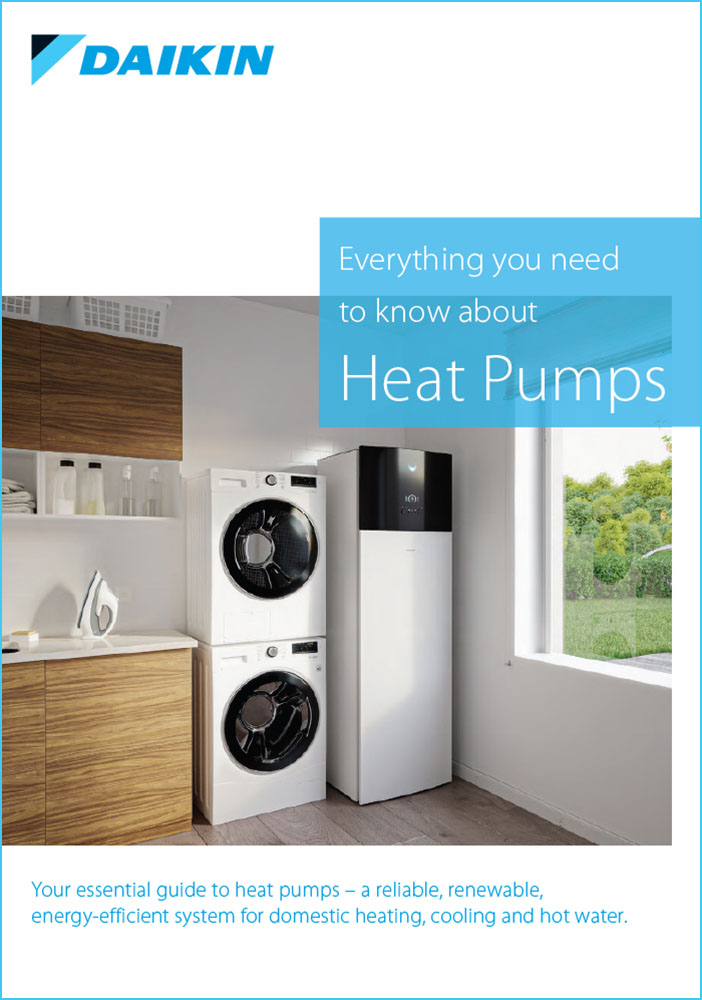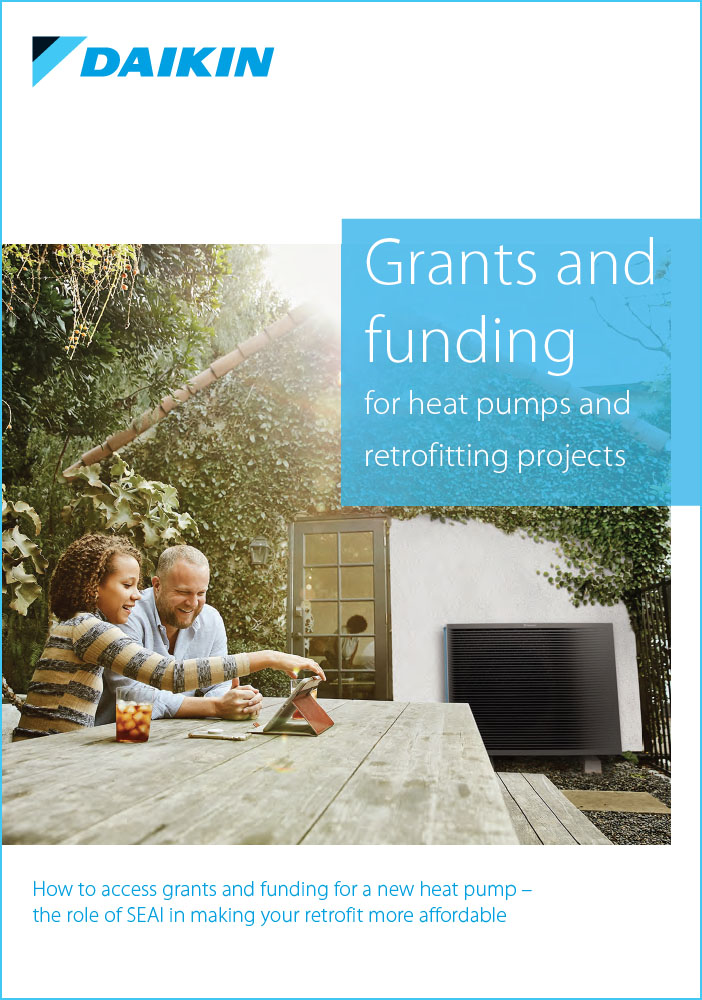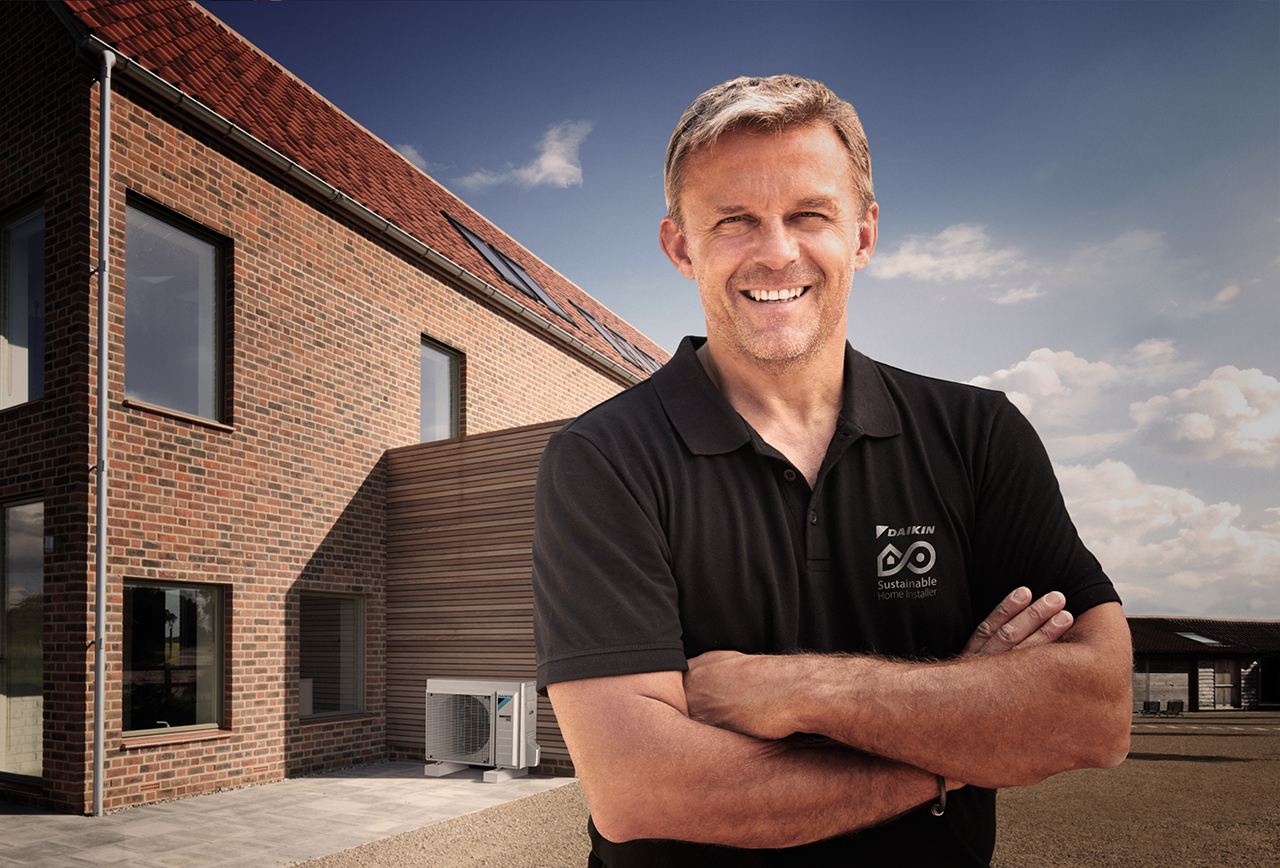
One of the most important ways in which the Irish Government is reducing our national carbon dependence is by improving the energy efficiency of our housing stock. By offering generous incentives – in the form of SEAI grants – thousands of Irish homeowners can invest in home energy upgrades such as insulation, solar PV and of course heat pumps.
Most of the heat pumps that are being retrofitted in Irish homes are part-funded by a grant from SEAI. To qualify for funding, however, homeowners must do things strictly by the book. That means being able to demonstrate that work carried out under the terms of the grant has made – or will make – a significant improvement to that building’s energy performance.
For newer buildings, this journey is quite straightforward. Most homes built from 2007 onwards are already compatible with efficient heat pump operation so these post-2007 dwellings qualify automatically for a heat pump grant.
For older buildings, the situation is not as clear-cut. Homes built prior to 2007, and especially even older homes built before 1995, are likely to be less well-insulated, so these properties are more likely to require some form of intervention to ensure a heat pump can operate efficiently.
Whatever your situation, you need to know where you stand at the outset, so you know exactly what you have to do (if anything) to qualify for a heat pump grant. For most homeowners, this is the role of the Technical Assessment.
“The purpose of the Technical Assessment is to measure the energy performance of a building and identify basic upgrades that can make the property heat pump-ready,” says Mark Shirley, Managing Director of Carlow-based energy consultants 2eva.
“We do this by calculating how much energy is currently being lost through the fabric of the building, so floors, walls, ceilings, etc, and through ventilation points like chimneys and stoves etc,” he says. “This is called the Heat Loss Indicator, which must be below a certain level for the house to qualify for a heat pump grant, and to ensure the homeowner reaps the full benefits of heat pump technology.
“If you’re going for that grant, as most of our customers are, the Technical Assessment will establish where you are now and what needs to happen to get where you need to be,” Mark adds.
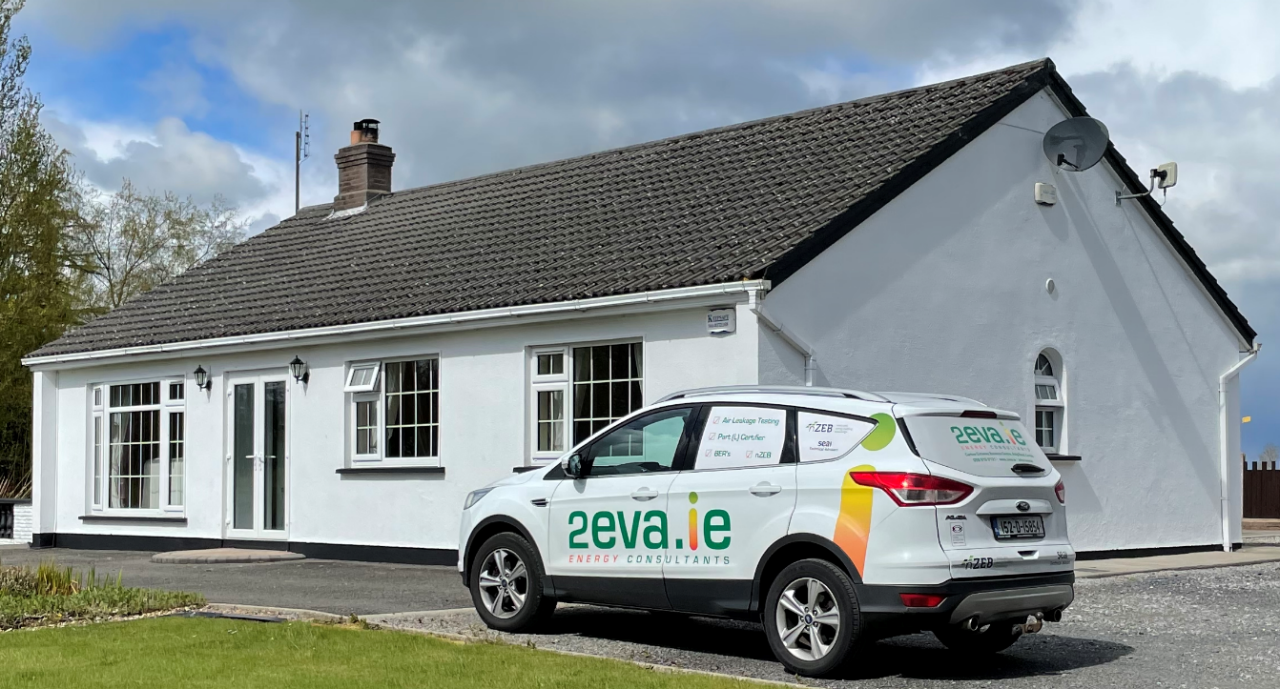
Carlow-based 2eva specialises in the Technical Assessment, which for many homeowners is the first step on their heat pump journey.
- First, the advisor surveys the property to establish the current BER (Building Energy Rating) and calculates the Heat Loss Indicator (HLI) based on a measurement of the building fabric and ventilation losses.
- If the HLI is above the level specified by SEAI, the building does not qualify for a heat pump grant. In this case, the advisor provides the homeowner with a list of upgrades needed to reduce the heat loss to the required level.
- The homeowner brings this list to their local heat pump installer, who provides an estimate for the work that needs to be carried out, including the size and appropriate model of heat pump to be installed.
- The homeowner applies to SEAI for the heat pump grant, attaching the full Technical Assessment which is signed by both homeowner and advisor. Homes that automatically qualify for the grant can skip directly to this stage.
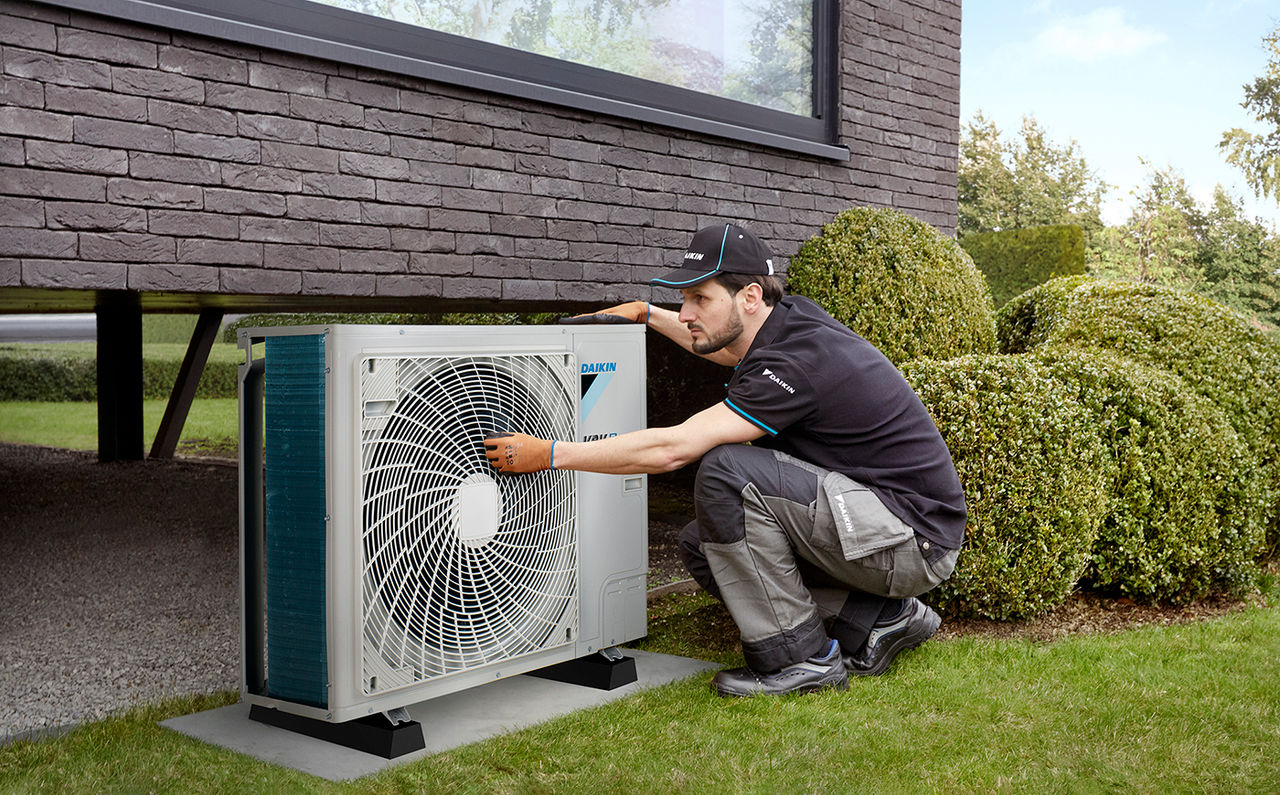
Although homes built after 2007 automatically qualify for a heat pump grant, a Technical Assessment is still very useful in identifying upgrades that make the building more energy efficient which in turn reduces the running costs of the heat pump system.
What we’re doing is empowering homeowners with information, that’s the way we look at it,” says 2eva’s Mark Shirley. “There’s so much chat about heat pumps and grants but a lot of people simply don’t know where they stand or what is possible for them in terms of improving the efficiency of their homes.
“The Technical Assessment gives people that knowledge and tells them in very simple terms where they can get to and how to get there,” Mark says. “Whether your home already qualifies for the [heat pump] grant or needs some, or indeed a lot, of work to get to the required level, knowledge is power and that’s what we provide.”
Advisors like 2eva often remain involved in a retrofitting project while the work is being carried out, offering technical advice and guidance where needed. Typically, they will then return once the heat pump has been installed to confirm that the work carried out has brought the HLI down below the required level – a necessary part of the grant payment process.
In addition to the heat pump grant itself, a grant of €200 is also available from SEAI towards the cost of the Technical Assessment, which can vary from advisor to advisor. Although the latter is only paid to homeowners who complete the works specified by the Technical Assessment, 2eva’s Mark Shirley says that the “vast majority” of his customers do go on to install a heat pump.
Whatever your situation, if you’re considering installing a heat pump in your home and want to know if you qualify for a grant, a Technical Assessment is a good way to arm yourself with the knowledge you need. You’ll find a list of SEAI-registered technical advisors here who’ll be happy to talk you through what’s involved.
Browse the Daikin range of heating and hot water solutions for Irish homes here.
Learn more about heat pumps
Visit our Daikin Delves In video series and homeowner brochures below
Find your local Daikin partner installer
Find your local Daikin partner installer here and start the conversation about renewable heating and your very own home energy upgrade today.

